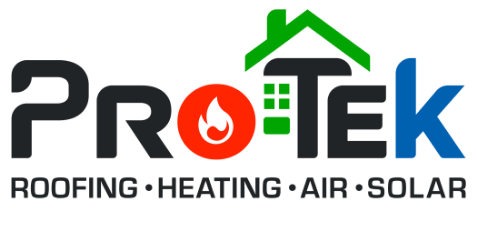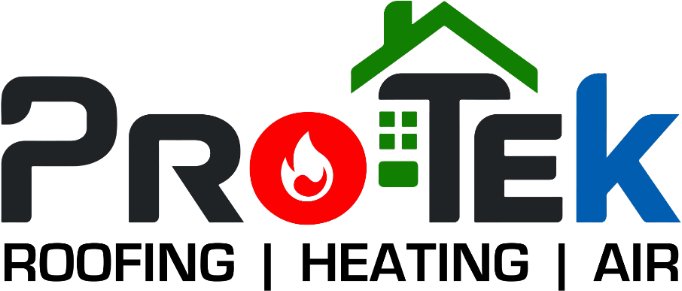As the industries grow, the number of contaminants around us also becomes rampant. Some of them are as such that they won’t be visible, but they can be detrimental to our health and your premises over time.
You must have often wondered how does bacteria or a virus form. Does it take place overnight? Is it a gradually evolving process? So get your inner scientist out, and embark on this knowledgeable journey with us! Rest assured that we will tell you everything you need to know.
What are some harmful contaminants that reside in your air?
If we delve into the specifics, a proper word to describe bacteria, viruses, and mold would be “Biological contaminants.” While the origins of these pollutants are at times unknown, what is ubiquitous is that they tend to spread if not catered to immediately. Conditions such as standing water can act as a breeding ground for bacterial infections, mildews, insects, and much more.
A few vivid examples of Biological contaminants are:
● Viruses
● Bacteria
● Mold
● Fine Particulate Matter 2.5 and 10
● Volatile Organic Compounds (VOCs), and
● Formaldehyde.
A general question that many people do tend to ask us here is,
Why are these pollutants harmful?
The current pandemic has been looming over us for more than a year; we have learned that not all bacteria can be seen via the naked eye. The surroundings themselves, as well as even a handshake, could cause you to contract it.
Leveraging that as an example, if we look at the air we breathe, it may seem clean, but in reality, it is a culmination of numerous environmental contaminants. They eventually make their way not only into your respiratory system but also into the vicinity of your households.
Below we present a few potential harms of:
Viruses:
Viruses may seem like harmless things, but in reality, they are immensely dangerous. With COVID-19 being a virus and having affected millions of people worldwide, we can say that one virus can cause a global emergency concern.
Now viruses come in different forms. Some viruses are round, some resemble a rod shape, and some are Bacteriophages (intensely tiny in their structure).
The harm that all of these viruses can have if they latch onto your cell receptor and start replicating is frightening. Some can cause skin rashes, nerve diseases, diarrhea, and even brain damage, as well as cancer.
Furthermore, pneumonia owing to a weakened immune system also becomes a possibility. Cervical cancer by the human papillomavirus is also probable when the virus’s host DNA remains dormant.
Bacteria:
Bacteria may have only one cell, but it can damage your tissue and get you sick if you get an infection. Cholera, Typhoid, Tuberculosis, and even the Bubonic plague are all courtesy of bacteria that can be fatal if not diagnosed on time.
Of course, we are excluding the good bacteria such as that found in yogurt because that is pertinent for your body to digest adequately.
Mold:
It is a kind of fungus that comprises molecular organisms; it exponentially grows in places with a lot of moisture.
However, if you aren’t careful, it could expose you to many symptoms, including coughing, sneezing, sinus congestion, sneezing, and much more. Additionally, detriments akin to asthma, fungal infections, and severe allergic reactions are likely to occur.
Fine Particulate Matter 2.5 & 10:
If we consider the PM 2.5, it is hazardous as it can infiltrate into the deeper parts of the lungs. They are smaller particles and may lead to lung irritation, a runny nose, and shortness of breath. Lastly, if you aren’t careful, these tiny molecules may even end up in your bloodstream.
If we look at PM 10, on the other hand, then they are so tiny that they act as a gas in most cases. As a result, higher concentrations of it can adversely impact your lungs, blood pressure and even pave the pathway to premature death.
Volatile Organic Compounds (VOCs):
These are organic chemicals that entail a high vapor pressure which can cause difficulty in breathing, lead to nausea, and damage your body’s central nervous system. The products that emit VOCs are innumerable, for example, cleaners, wood preservatives, paints, and other solvents.
Formaldehyde:
Formaldehyde can irritate the skin and even be a cancer-causing factor. It is used for building materials like plywood and wood items. Depression, Alzheimer’s disease, and multiple other pathological conditions may also stem from this potent chemical.
How can you reduce the number of contaminants in your household?
A few steps that you can take to tackle contaminants in your vicinity are:
● Installing exhaust fans to ensure proper ventilation.
● Due to high moisture levels, regular cleaning of spaces such as attics may become a hub for mold buildup.
● Make sure to have proper drainage facilities to reduce the chances of standing water. If this is not taken care of, infections may arise, as they harbor bacteria and mold. Proper drainage is essential where water leaks and inadequate ventilation is the norm.
● Keep the house as clean as possible. Regular vacuuming and dusting can be significant factors in getting rid of dust mites, pollen, and other biological contaminants.
● Sanitization is another component requiring attention. Places requiring sanitation include surfaces such as marble, wood, and metal. From doorknobs to fridge handles, you should be sanitizing all potential bacterial-infested objects diligently.
Of course, the list above is not an absolute one, but you will mitigate the chances of catching infections if you abide by it.
The Bottom-line: Your Life Lies in Your Palms
Albeit contaminants do persist within the air, and there is nothing that can be done about it but saying that you do not have the resources to protect you would be, in fact, a hyperbolic statement. You have to look after yourself, which will be possible solely once you know how to do so.
You are the guardian of your life and your loved ones. The pandemic has taught all of us that life is unpredictable, and in essence, highly vulnerable. Take care of your loved ones, follow the safety precautions above, and be grateful for being healthy every day! You are the future of tomorrow, and if you are sick, we won’t be able to move forward.



